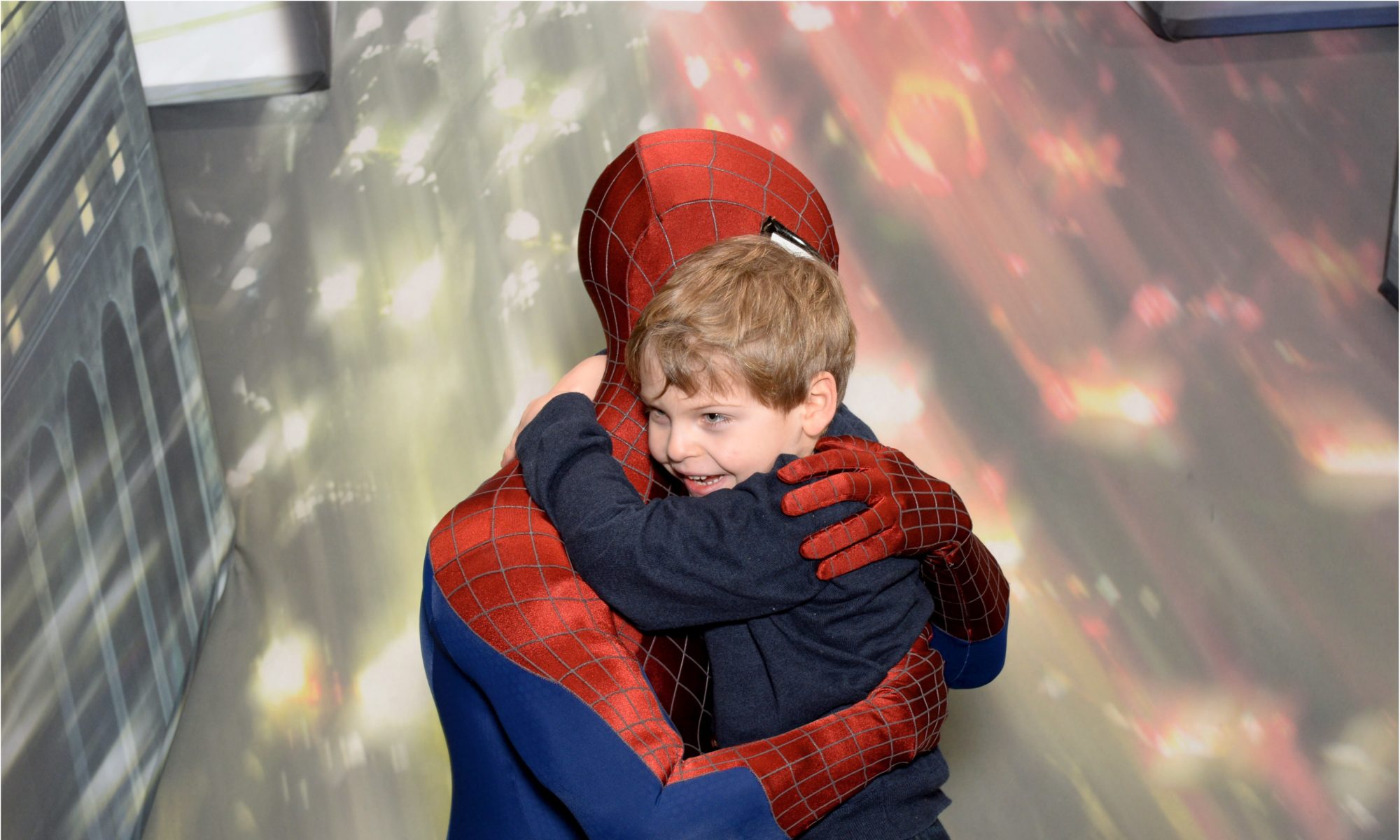Pons:
“It is traditionally considered that a child with cerebral palsy reaches half of its potential to develop motor skills by the age of 5 years and the maximum possible development by 7 years. The potential achieved remains at the same level or may even worsen with age. In our experiments, all children were over the age of 7 years. These results can significantly expand both the scope of this technology in the rehabilitation of children with cerebral palsy and improve the prediction of the effectiveness of the therapy used for older children.
Brain TLNS enhances the effect of physical rehabilitation, activating vast areas of the brain, increases the efficiency of existing neural networks, increases the likelihood of new synaptic contacts (synaptogenesis), enhances the brain’s innate ability to improve motor function. The fMRI data alone confirms that the human brain is plastic at any age and is capable of an amazing reorganization, the mechanisms of which we are just beginning to explore. The dynamics of changes in DMN and functional connections between the first and second timepoints turned out to be more vivid than between the first and third timepoints. That probably indicates a delayed rehabilitation effect.”
https://www.researchgate.net/profile/Yuri_Danilov/publication/334400894_Translingual_Neurostimulation_in_Late_Residual_Stage_Cerebral_Palsy_Children_Treatment_Affects_Functional_Brain_Networks/links/5d278d21299bf1547cad2e17/Translingual-Neurostimulation-in-Late-Residual-Stage-Cerebral-Palsy-Children-Treatment-Affects-Functional-Brain-Networks.pdf
